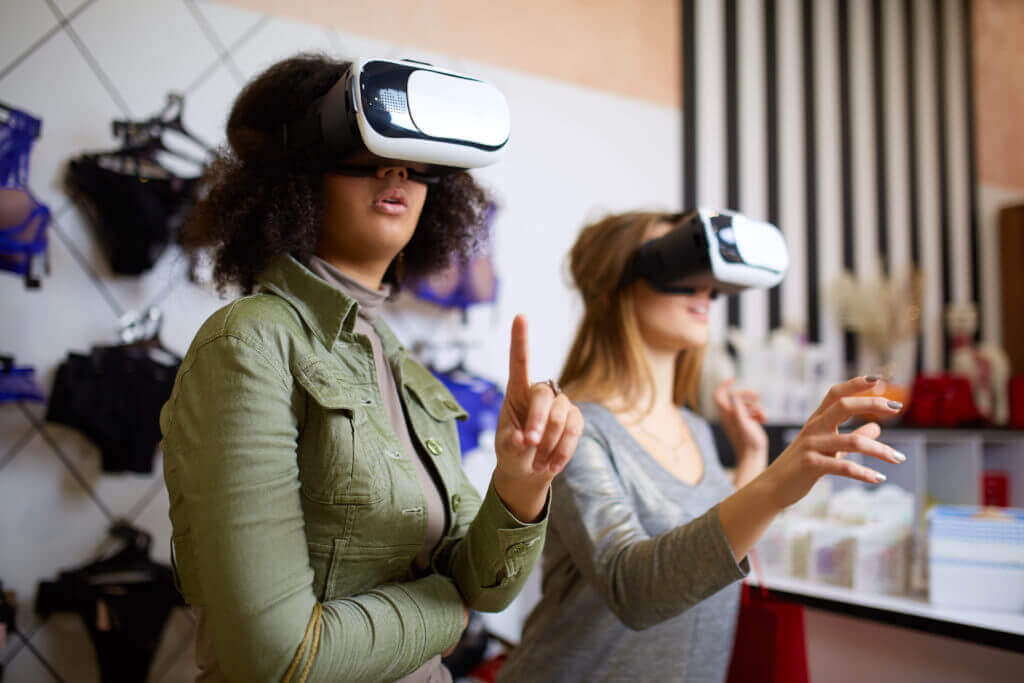Insights From The Blog
VR – The Future of Customer Service
In today’s ultra-aggressive consumer market, companies are fighting each other for your business, and many are looking for something to give them a competitive edge. Could VR be the answer?
Never before we have had so much choice in what and where we can buy the goods and products that we want, and the need to stand out from the crowd is driving consumer-led businesses to examine how they operate and embrace new ways of working. Over the last three decades, consumers have been treated to a huge increase in the number of related products available on the shelves, the advent of the internet and online sales, and mobile technology that allows us to buy what we desire, anywhere that suits us. And since Sales is one of the most major forms of customer service, these have directly impacted that in an enormous way.
We are now used to being able to purchase almost anything imaginable from almost anywhere in the world, and it has kinda spoiled us. We have become demanding and a little petulant if we can’t get it or it’s not quite what we wanted, and have become equally used to complaining and returning goods that don’t meet our expectations. We are turning into a world full of moaners, complaining about the thing that we got, wasn’t really the thing that we really wanted, despite the fact that a company has worked its socks off to get it to us – usually for free – the very next day!!! And the increased use of online purchasing means that we are buying from further afield and relying on online interactions when we need help, therefore VR is starting to plug the gap between online necessity and quality customer service.

Customer service is fast becoming one of the major elements of the commerce process, and is set to become increasingly important. Given that it is around six times more expensive to acquire a new customer than to retain an existing customer, treating them in the right way has never been more important.
Customer service has come a long way, transitioning over the last couple of decades from phones based to internet based chatbots. But the main problem with both of these is that while they are in real time, they are still sufficiently removed so as to make the process feel stilted and clunky. Even video calling isn’t all it could be and is often a problem with data protection and personal security. But VR counters all of these issues and is potentially the solution to all the issues with other forms of customer service interaction.
VR overcomes the limitations of its predecessors by adding real collaboration. By allowing the customer to share what they are actually seeing and doing with the representative as if they were really in the customer’s position allows them to better guide a customer through the troubleshooting or installation process. The representative could also use VR technology to highlight what the customer needs to do next as clearly as if they were there. The applications of this approach can be as simple as basic plumbing repair or installing highly complex software.
And the latest technology means that VR isn’t simply a visually engaging system, and advances in haptics are promising to make it a touch-sensitive one too, bringing a whole new dimension to customer service. And the current research into interlinked brains is proving promising for taking VR that next step forward and may well provide a much higher level of service such as direct training, and real interaction.
While that kind of interface is still a long way off, an increasing number of companies are implementing VR customer service as a way of boosting this important area of business. We’ll keep you up to date with the latest advances in this exciting area of business.